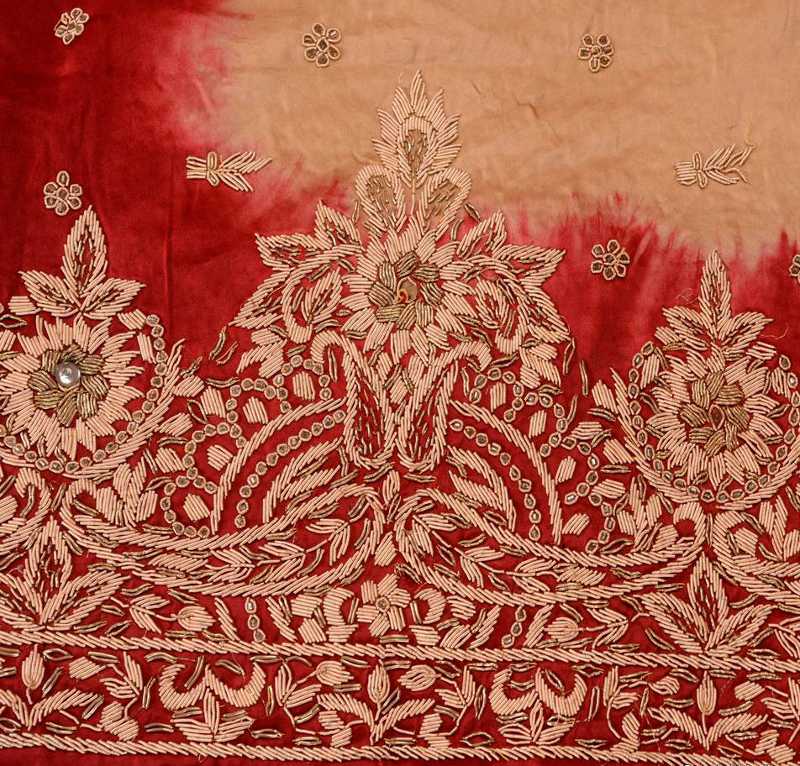===
0877,
5
===

=== |
 |
dil pareshaanii mujhe de hai bikhere gul ke rang
aap ko juu;N ;Gunchah kyuu;N-kar aah mai;N yak-jaa karuu;N
1a) heart-{anxiety/disorder} gives me the styles/colors of a scattered/disheveled rose
1b) the heart gives me anxiety, and scatters/dishevels the colors of the rose
2) how/why would I make myself, like a bud, ah!-- unified/collected?
pareshaanii : 'Dispersion, scattering, confusion, disorder, derangement, perplexity, bewilderment, perturbation, distraction; distress, embarrassment, trouble, misery'. (Platts p.259)
bikhernaa : 'To scatter, strew, sprinkle, throw about, toss about, disperse; to put in disorder, dishevel (the hair)'. (Platts p.161)
FWP:
SETS == IZAFAT
MOTIFS
NAMES
TERMS == IZAFATThe bud has composure and 'collectedness' [dil-jam((ii]-- but also 'narrowness, tightness' [tangii] and 'imprisonment' [giriftagii]. When it opens out into a rose, it smiles or laughs-- but then all too soon fades, and its petals become 'disordered' [pareshaa;N] and 'scattered' [bikhre hu))e]. The central word here is pareshaanii (see the definition above), with its range of meanings that potentially includes both the state of the 'narrow' bud (in the metaphorical sense of 'anxiety, distress'), and the state of the disordered, disintegrating rose (in the literal sense of 'dispersed, scattered').
The classical ghazal poets rework this theme many times in the course of their divans. As SRF observes, here the 'ah!' is particularly effective, since its melancholy suggests the no-way-out predicament of the heart that can only hope to resemble either a bud or a rose.
Here's Mir's best-- a version subtler and more allusively complex than the present one:
{6,2}.
The discussion of {6,2} includes a link to Ghalib's best treatment of the theme, with its unsurpassed and unsurpassable second line.